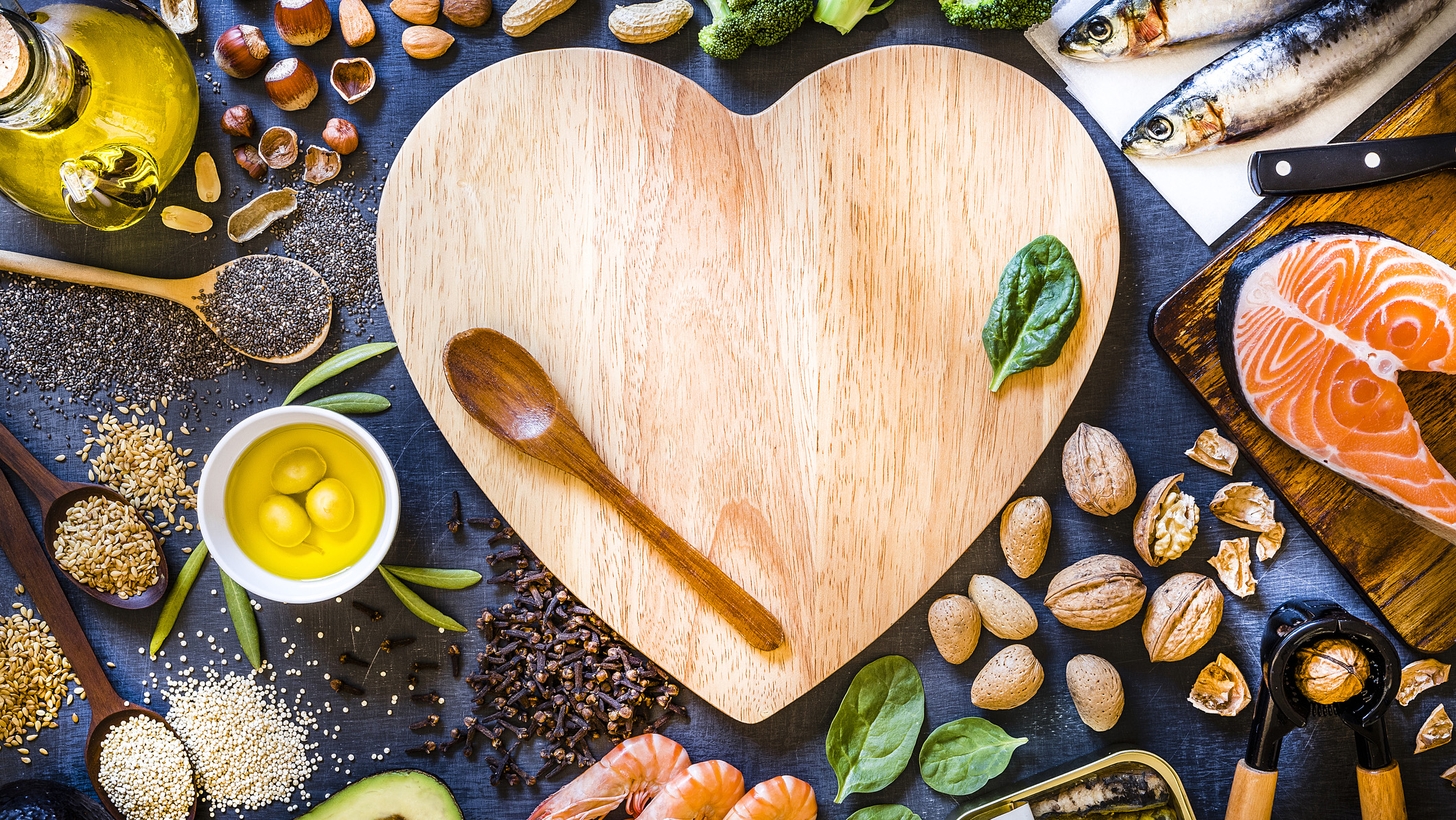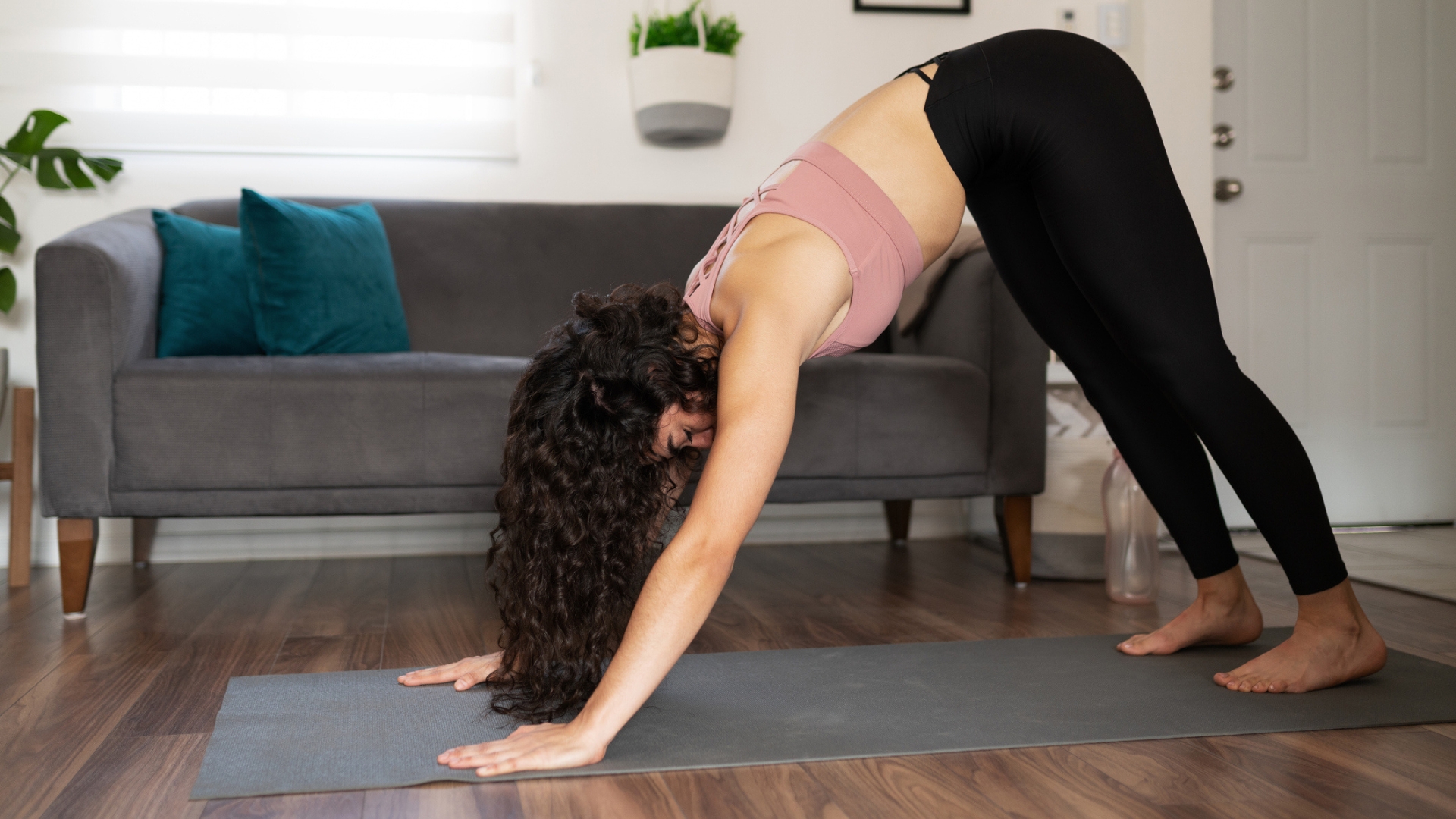Why you should up your omega-3 intake (and CUT omega-6)
Want to sleep better, a healthier heart and less bloating? Then you need to get your omegas in check


Although it might not be top of your eating agenda, making sure you eat a healthy balance of omegas - specifically omega-3 and -6 from the best fish oil supplements - could be the key to a healthier, happier you.
According to BioCare Clinical Nutritionist Lucy Sparkes, our diets have changed significantly in favour of Omega-6 over the decades. Doesn’t sound so scary, right? After all, Omega-6 is an omega and surely they’re all healthy? Well, not quite...
Fats are essential to health – the right kind, that is. Lucy explains that one of the most vital groups of fats are omega-3s and omega-6s, known as essential fatty acids. This is because they’re needed for normal functions within the body.
Emily Rollason, nutritionist at Holland & Barrett, says: ‘These fatty acids have a host of health benefits. They’re thought to be important for eye health, heart health, production of hormones linked to sleep and aiding with nerve-cell communication in the brain, along with having anti-inflammatory properties. As we’re unable to synthesize these fatty acids within the body, it’s important that we get them from the foods we eat.’
But while in the past, humans ate an omega balance of roughly 1:1, these days the ratio is far more likely to be 16:1, with omega-6 taking the lead role – and causing some serious problems.
Why the ratio change? Lucy reckons it’s probably due to post-agricultural and industrial revolutions, so now we’re more heavily reliant on processed foods, which contain an abundance of omega-6s in terms of plant oils. While omega-6 is also found in nuts, seeds and avocados – a health lover’s favourite foods – modern society has turned to packaged and processed grub as an everyday staple.
What’s wrong with omega-6?
Emily says: ‘Omega-6 fatty acids (particularly animal-sourced omega-6 ones such as arachidonic acid) are thought to be pro-inflammatory and may promote the development of chronic diseases including heart disease and inflammatory conditions such as arthritis.’ Inflammation can also be the cause of bloating and stomach upsets.
Get the Fit&Well Newsletter
Start your week with achievable workout ideas, health tips and wellbeing advice in your inbox.
It’s even been suggested that too much omega-6 can hamper weight loss and increase appetite. In contrast, if you balance this out with omega-3s, this can actually help the body reduce the amount of fat it stores – so, healthier insides and a flatter tum.
Signs you’re lacking in omega-3
Suffering from any of the below? If so, it might be time to make a few diet swaps...
- Eczema and skin-related disorders such as dry, bumpy skin on backs of arms and a dry scalp
- Poor memory and cognition
- Mood-related signs such as depression, anxiety and sleep disorders
- Hormonal signs such as PMS, irregular menstrual cycles and painful periods
- Generalised aches and pains (inflammation)
- Difficulty losing weight, especially around the middle
- Fatigue
How to up your Omega-3 intake
The best way to increase your intake is by eating a diet rich in omega-3 foods.
Emily explains that oily fish such as mackerel, sardines and salmon are the best source of EPA and DHA, the most biologically active forms of omega-3. Choose wisely, though, as the seafood we consume shows high levels of heavy metals and pollutants. Opt for fish sourced from less polluted waters, or take a fish oil supplement from a reputable company that screens heavily to ensure purer oils.
The good news for vegetarians is that other sources of omega-3 include walnuts, chia seeds, pecans and linseeds. And switching from an omega-6-rich vegetable oil to a canola or flaxseed oil can help re-balance.
Lucy reveals that our bodies are able to make a limited amount of omega-3 without eating fish, but we need to be in optimal health to do this. ‘The factors that can inhibit this enzyme include smoking, stress, environmental pollution, radiation, obesity and chronic disease. It’s clear why we might struggle to make our own Omega-3 in today’s hectic society of stress, convenience foods and a more sedentary, less labour-intensive lifestyle.’
Three easy ways to eat more Omega 3
Swap hazelnuts for walnuts
Both are healthy, but 1⁄4 cup of walnuts in their raw state can provide 66% of your recommended Omega-3.
Sway blueberries for acai berries
The superfood (available in powder form) contains noticeable amounts of Omega-3, plus it’s a great source of antioxidants
Swap cod for salmon
White fish is great, but it's the oily fish that will really provide you with an omega boost.
Lucy is a freelance journalist specializing in health, fitness and lifestyle. She was previously the Health and Fitness Editor across various women's magazines, including Woman&Home, Woman and Woman’s Own as well as Editor of Feel Good You. She has also previously written for titles including Now, Look, Cosmopolitan, GQ, Red and The Sun.
She lives and breathes all things fitness; working out every morning with a mix of running, weights, boxing and long walks. Lucy is a Level 3 personal trainer and teaches classes at various London studios. Plus, she's pre- and post-natal trained and helps new mums get back into fitness after the birth of their baby. Lucy claims that good sleep, plenty of food and a healthy gut (seriously, it's an obsession) are the key to maintaining energy and exercising efficiently. Saying this, she's partial to many classes of champagne and tequila on the rocks whilst out with her friends.
-
 A Pilates instructor says this is the beginner-friendly core exercise everyone should try
A Pilates instructor says this is the beginner-friendly core exercise everyone should tryForget crunches, this is the perfect foundation move
By Alice Porter
-
 Prevent poor posture and release tension from sitting down with these four simple stretches from a yoga instructor
Prevent poor posture and release tension from sitting down with these four simple stretches from a yoga instructorThe daily poses he swears by, no matter what
By Alice Porter